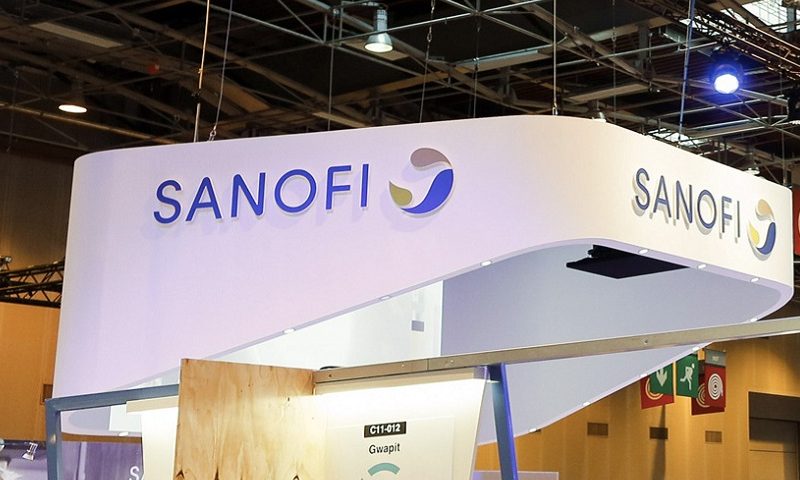Sanofi has revised the dosing scheme in its phase 3 assessment of RNAi drug fitusiran to reduce the risk of vascular thrombotic events in hemophilia patients. The revised scheme is intended to prevent the low levels of clot inhibitor antithrombin (AT) associated with vascular thrombotic events.
Fitusiran is designed to treat hemophilia A and B by depleting AT. However, an analysis of the adverse events that led Sanofi to pause dosing last year has revealed potential downsides to depleting AT.
In a presentation at the Annual Congress of the European Association for Haemophilia and Allied Disorders, Sanofi discussed three study participants with AT levels below 10% who suffered vascular thrombotic events. The events were categorized as a cerebrovascular accident, a cerebral infarct and a spinal vascular disorder. Sanofi also discussed two events in patients with AT levels of 10% to 20%.
Through the analysis, Sanofi calculated the incident rate of vascular thrombotic events per 100 patient years at different AT categories, The highest rate, 5.91, was seen in patients with AT levels below 10%. Between 10% and 20%, the incident rate is 1.49. Above 20%, the incident rate is zero.
Based on those findings, Sanofi has identified the targeting of higher AT levels as a way to reduce the risk of vascular thrombotic events. Under the revised protocol, Sanofi will target AT levels of 15% to 35%. Experience with the dosing of fitusiran so far suggests fitusiran hitting that range could reduce the risk of vascular thrombotic events.
The effect, if any, of the change on the efficacy of fitusiran is unclear. Fitusiran is designed to improve outcomes in hemophilia A and B patients by suppressing antithrombin and, in doing so, improving thrombin generation and rebalancing hemostasis. In limiting the effect of fitusiran on antithrombin, Sanofi may also reduce the efficacy of the intervention.
Sanofi is working to generate data to show whether the risk-benefit profile of fitusiran is favorable under the revised dosing schedule. Under the new protocol, patients will initially receive 50 mg of fitusiran subcutaneously every other month. Based on their AT levels, patients may go on to switch to 50 mg every month and ultimately to 80 mg every month.
Dosing under the revised schedule is now underway. The change has set back Sanofi’s filing plans, though. Last year, Sanofi said a delay of 18 months will be needed to give it time to collect safety and efficacy data under the amended protocol.

